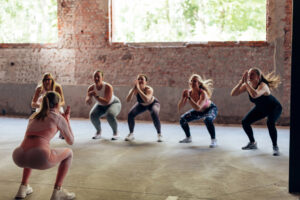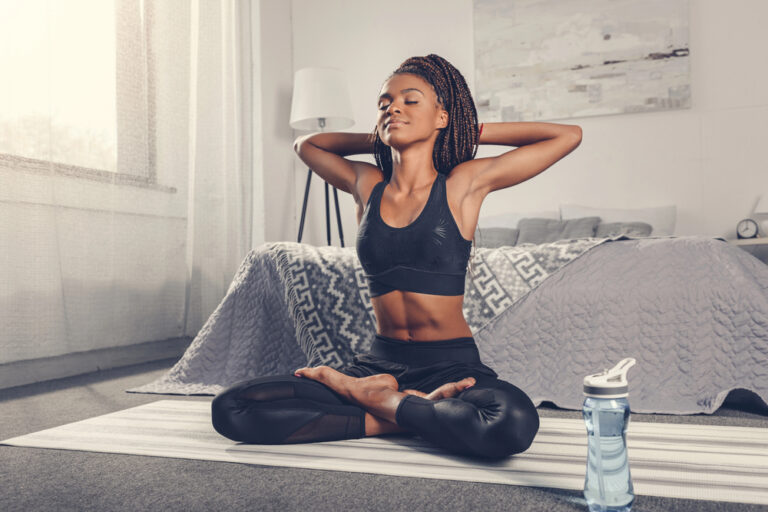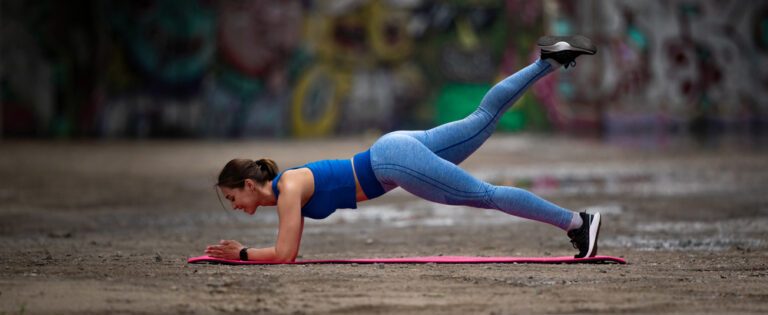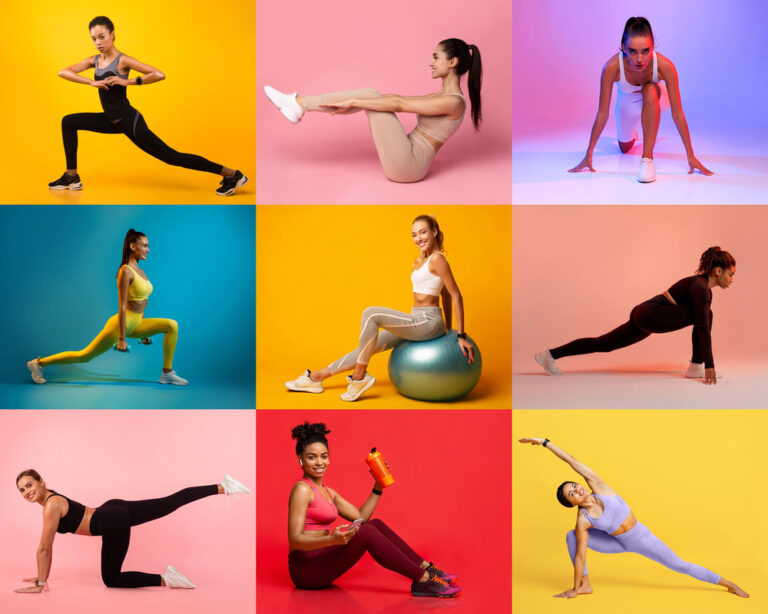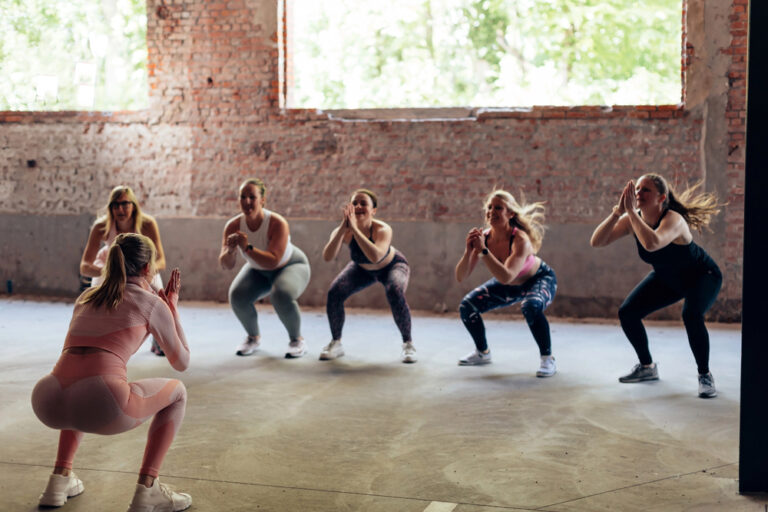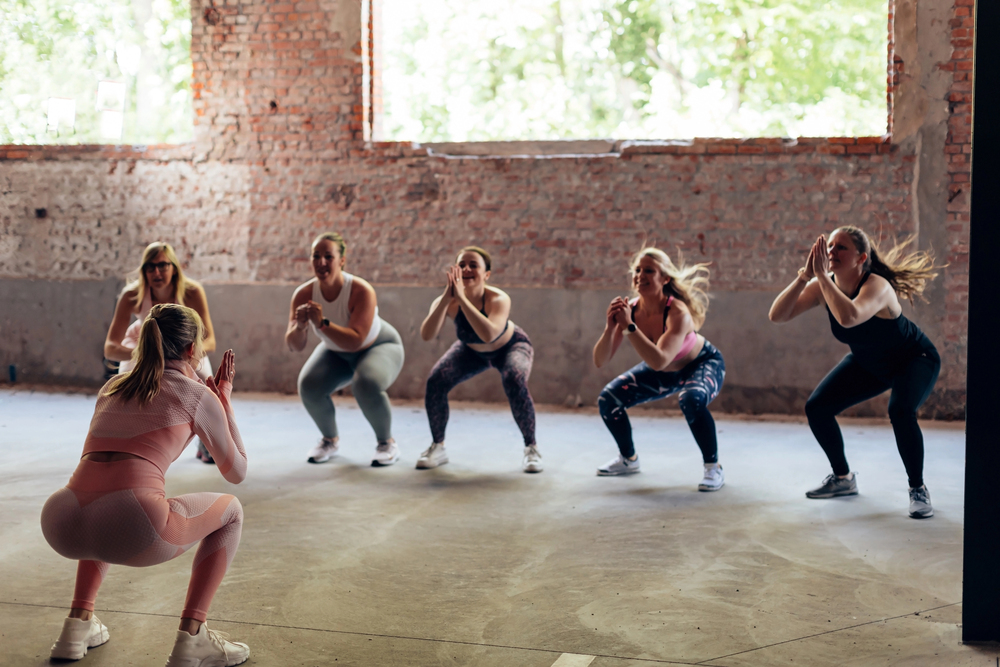
1. Understanding Why a Home Fitness Plan for Women Works
A home fitness plan for women has evolved far beyond makeshift workouts. With the rise of digital fitness platforms and evidence-based training, women now have the flexibility to achieve professional-level results at home.
According to research published in Frontiers in Sports and Active Living, women following structured home fitness routines reported greater consistency and lower stress levels than those commuting to gyms. This highlights how convenience fosters discipline — a key success factor in any fitness journey.
Your home fitness plan for women should be designed around sustainability and body awareness — not just intensity. The goal is to integrate movement into your daily rhythm, not disrupt it.
2. Define Your Fitness Goals and Metrics
Before you begin, establish why you’re creating a home fitness plan for women. Common goals include:
-
Fat loss or body recomposition
-
Strength and endurance
-
Flexibility and mobility
-
Hormonal balance and mental wellness
Studies show that women who set measurable goals (like body fat percentage, strength reps, or step count) are 40% more likely to maintain long-term results. Use smart devices or simple logs to track progress weekly.
Your plan should align with your life phase — whether pre-menopausal, postpartum, or advanced in age. Each requires different intensity and recovery strategies.
3. Build the 5-Phase Structure of Your Routine
A well-designed home fitness plan for women incorporates five progressive phases to ensure balance and continuous improvement:
Phase 1: Warm-Up & Mobility (5–10 minutes)
Loosen joints and activate stabilizers with dynamic stretches — leg swings, arm circles, and hip rotations.
Phase 2: Core Conditioning (10 minutes)
Core stability improves posture and prevents injury. Include planks, dead bugs, and mountain climbers.
Phase 3: Strength & Resistance (20–30 minutes)
Use resistance bands or dumbbells. Alternate between upper- and lower-body sessions: squats, lunges, push-ups, and rows.
Phase 4: Cardio or HIIT (10–20 minutes)
Incorporate 20-second high-intensity bursts with 40-second rest intervals. HIIT is proven to burn more fat in less time than steady-state cardio.
Phase 5: Recovery & Stretch (10 minutes)
Finish with deep stretches to support flexibility and muscle repair. Yoga poses like pigeon or child’s pose are ideal.
This structure ensures your home fitness plan for women remains both effective and enjoyable.
4. Nutrition Integration for Optimal Results
No home fitness plan for women succeeds without addressing nutrition. Balance your macronutrients:
-
Protein: Supports muscle repair and satiety (1.6–2.0g per kg body weight)
-
Complex Carbs: Sustain energy for workouts
-
Healthy Fats: Support hormones and brain function
Hydration is equally crucial — aim for at least 2 liters daily.
A 2021 Nutrients Journal study found that protein timing (within 30 minutes post-workout) enhances lean mass retention in women training at home.
Try to plan meals around your sessions — fueling before, refueling after, and maintaining steady energy throughout the day.
5. Equipment Essentials for Your Home Gym Setup
Building a minimalist home gym enhances your home fitness plan for women without breaking the bank. Start with:
-
Adjustable Dumbbells
-
Resistance Bands (light, medium, heavy)
-
Yoga Mat
-
Step or Bench
-
Foam Roller
As you progress, consider kettlebells or a pull-up bar. Compact equipment ensures you can perform compound, full-body movements in limited space.
Research from the American Council on Exercise shows that women who invest even modestly in fitness tools are 70% more likely to maintain consistent habits.
6. Motivation, Mindset, and Accountability
Consistency is the true magic in every home fitness plan for women. The best strategy blends psychology with structure:
-
Habit Stacking: Pair workouts with existing habits (e.g., after morning coffee).
-
Micro-Goals: Focus on daily wins instead of distant outcomes.
-
Accountability Partners: A friend or online coach improves adherence.
-
Track Progress Visually: Charts, before-and-after photos, or fitness journals.
The Journal of Behavioral Medicine confirms that self-monitoring and social reinforcement double the likelihood of achieving fitness targets.
Motivation wanes — systems keep you moving when willpower dips.
7. Recovery, Hormones, and Long-Term Adaptation
One of the most overlooked elements in a home fitness plan for women is recovery. Women’s bodies respond differently to training stress due to hormonal cycles. Tailor your recovery:
-
Follicular Phase (Days 1–14): You’re naturally more energetic. Increase intensity and weights.
-
Luteal Phase (Days 15–28): Focus on lower intensity, restorative yoga, or walking.
Sleep quality, magnesium intake, and stress management profoundly influence results. A balanced home fitness plan for women includes rest days, mindfulness practices, and 7–8 hours of nightly sleep.
Remember, overtraining leads to hormonal imbalances and fatigue. Recovery isn’t laziness — it’s strategy.
8. Realistic Weekly Schedule Example
Here’s how your home fitness plan for women might look in practice:
| Day | Focus | Duration |
|---|---|---|
| Monday | Strength (Lower Body) | 40 min |
| Tuesday | Cardio + Core | 30 min |
| Wednesday | Active Recovery (Yoga) | 25 min |
| Thursday | Strength (Upper Body) | 40 min |
| Friday | HIIT | 25 min |
| Saturday | Core + Stretch | 30 min |
| Sunday | Rest / Mindfulness | — |
This schedule balances exertion and recovery — maximizing energy, performance, and aesthetics.
9. Tracking Progress and Evolving Your Plan
Your home fitness plan for women should evolve as you grow stronger. Every 4–6 weeks:
-
Reassess your progress metrics (photos, measurements, lifts).
-
Increase resistance or reps by 10%.
-
Adjust nutrition to match new energy demands.
This progressive overload ensures continuous improvement without plateauing.
Fitness is not static — it’s a lifestyle evolution.
10. Evidence-Based Takeaways
A sustainable home fitness plan for women combines:
-
Structure + Simplicity — clear phases and measurable goals
-
Consistency + Compassion — honor your progress, not perfection
-
Movement + Mindset — train both body and brain
By following these 7 empowering steps, you’ll not only transform your physique but also your confidence, energy, and outlook on health.
References
-
Frontiers in Sports and Active Living — “Home-based Exercise Programs and Psychological Well-being in Women” (2022).
-
Nutrients Journal — “Timing of Protein Intake and Muscle Health in Women” (2021).
-
American Council on Exercise — “Home Equipment Use and Exercise Adherence” (2023).
-
Journal of Behavioral Medicine — “Self-Monitoring Strategies in Female Fitness Success” (2020).
